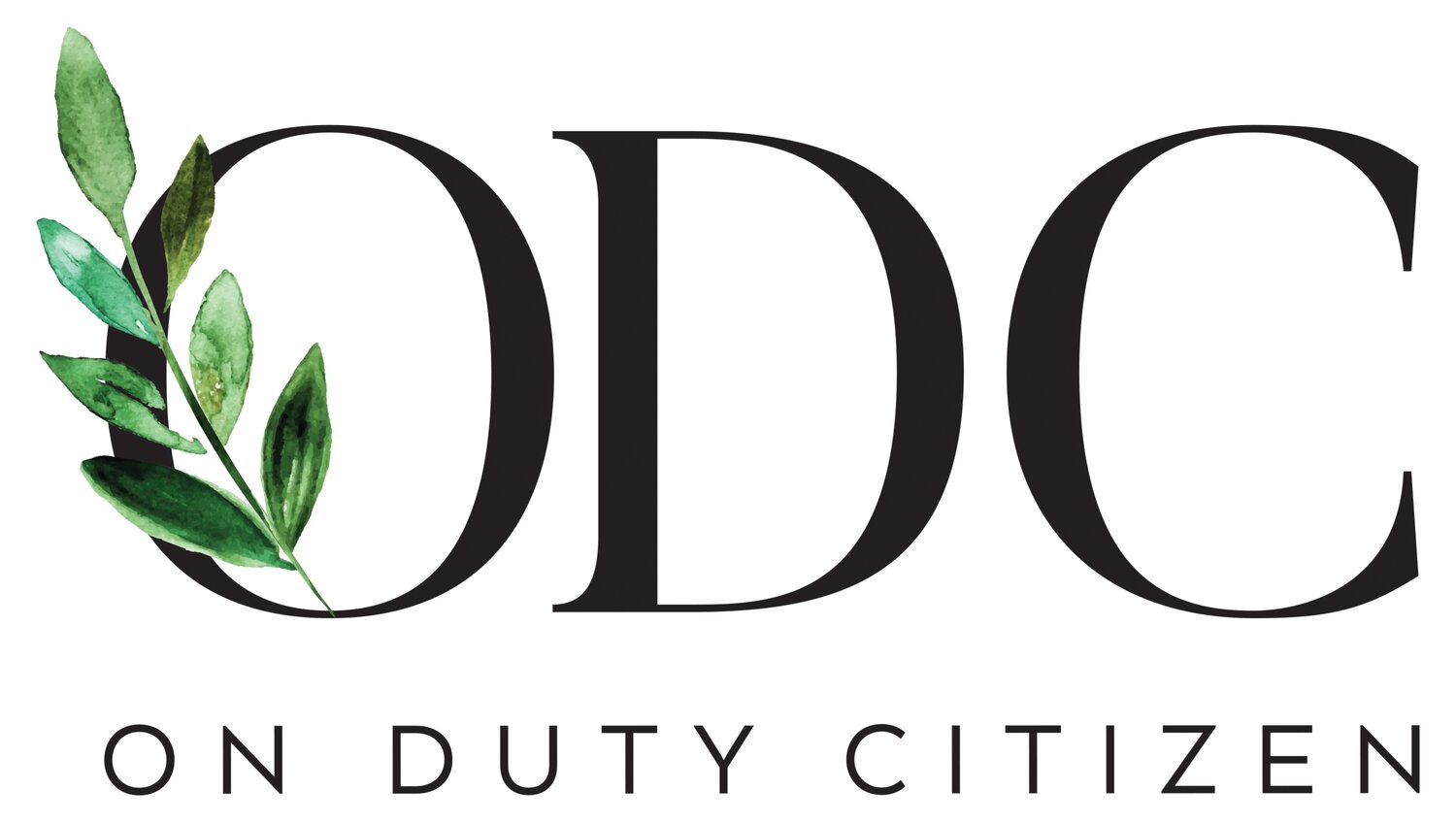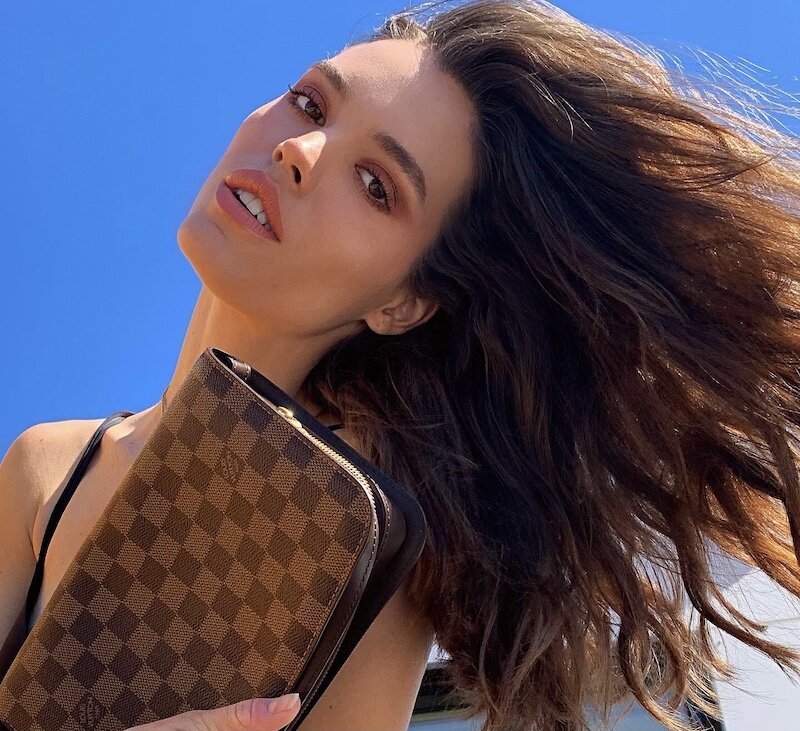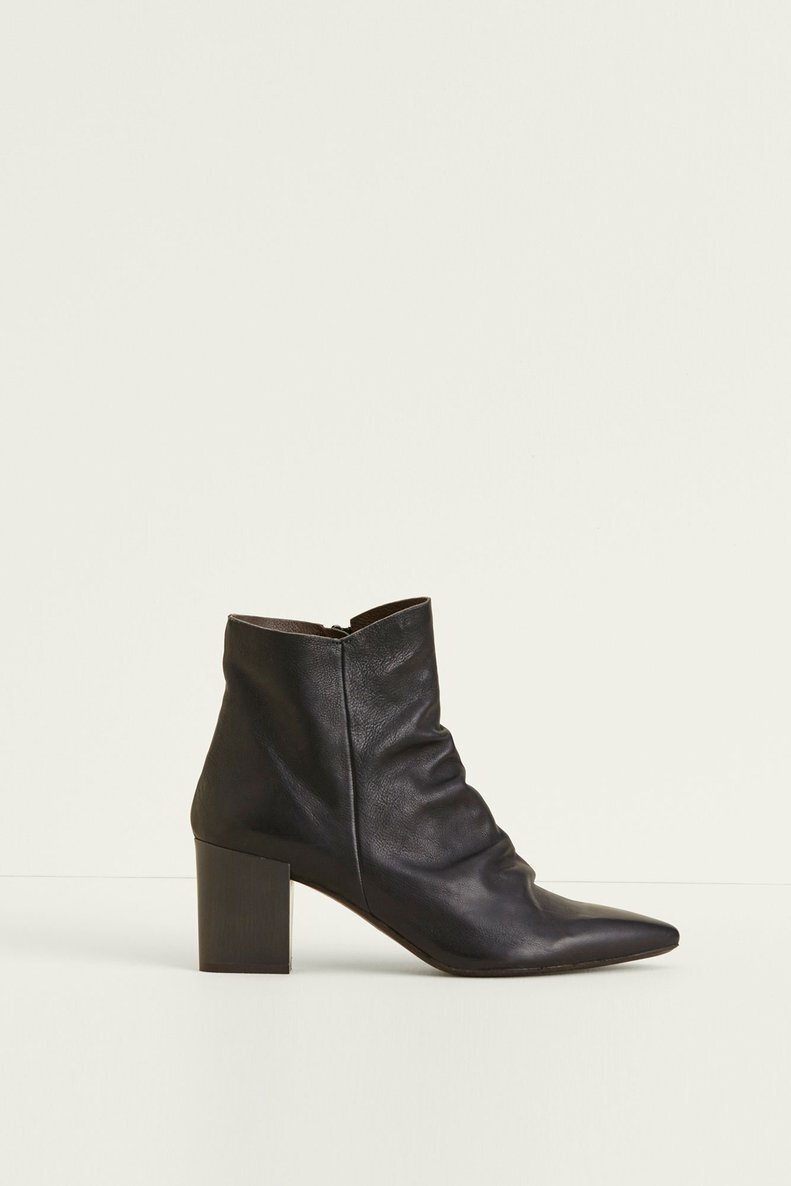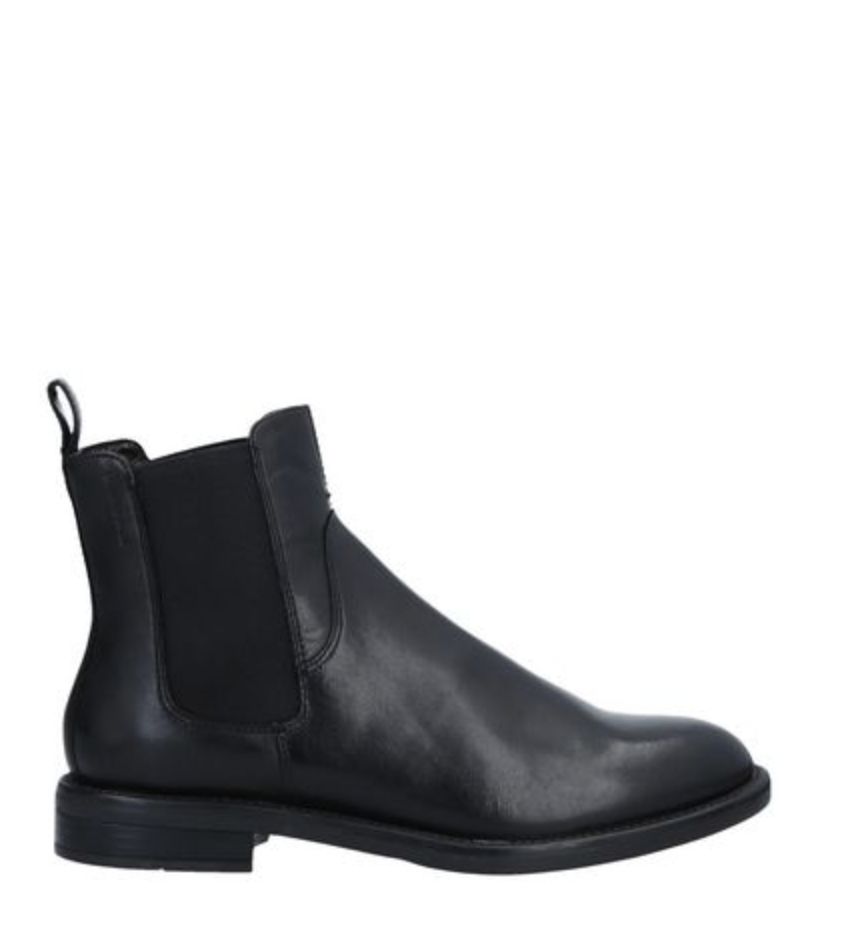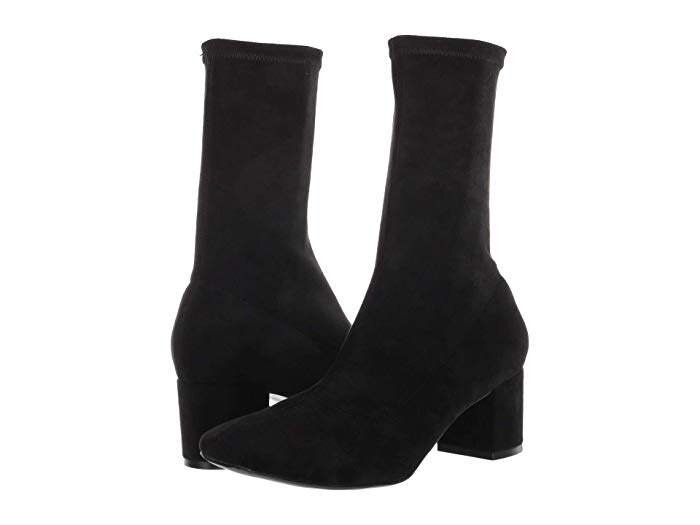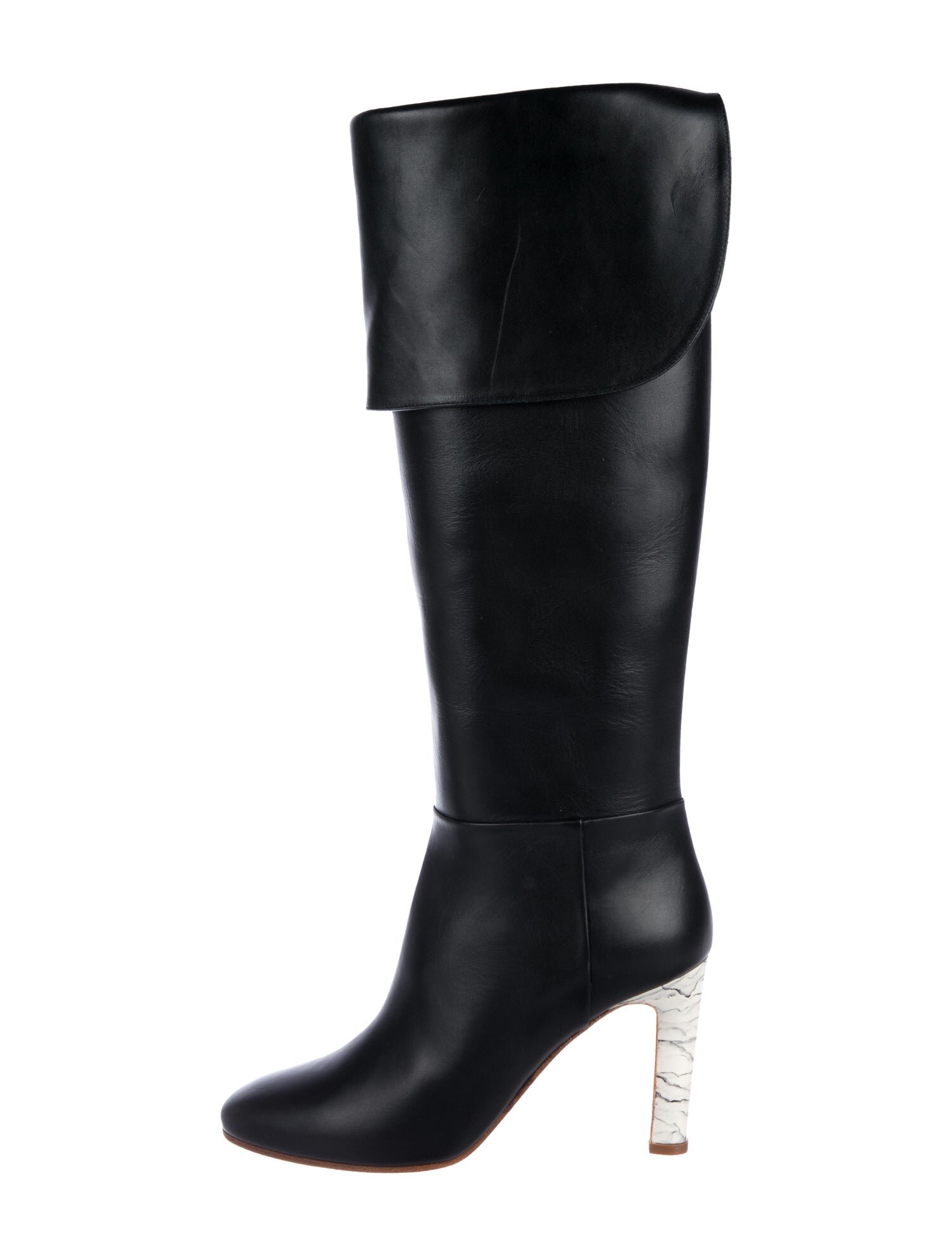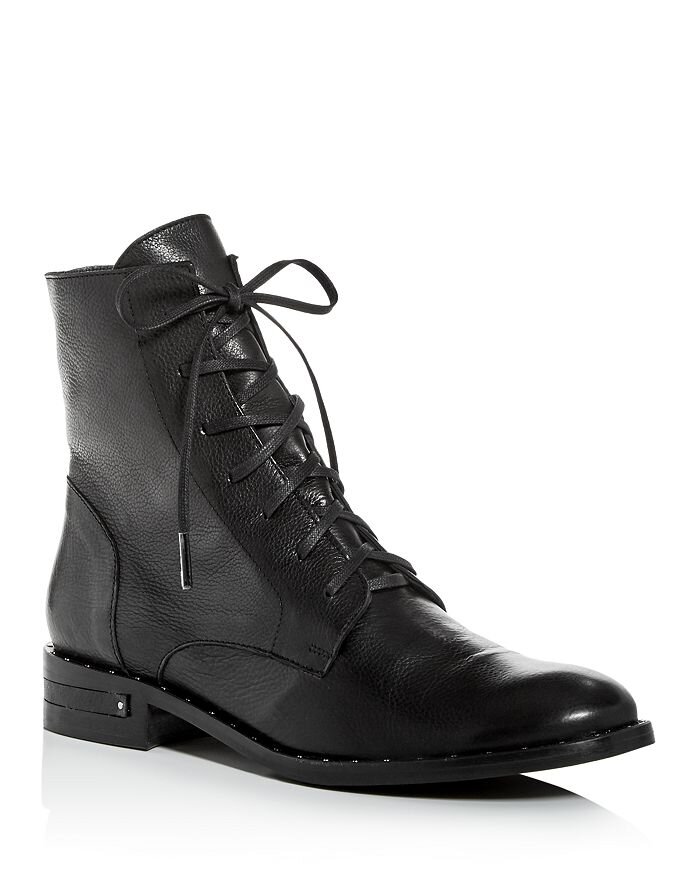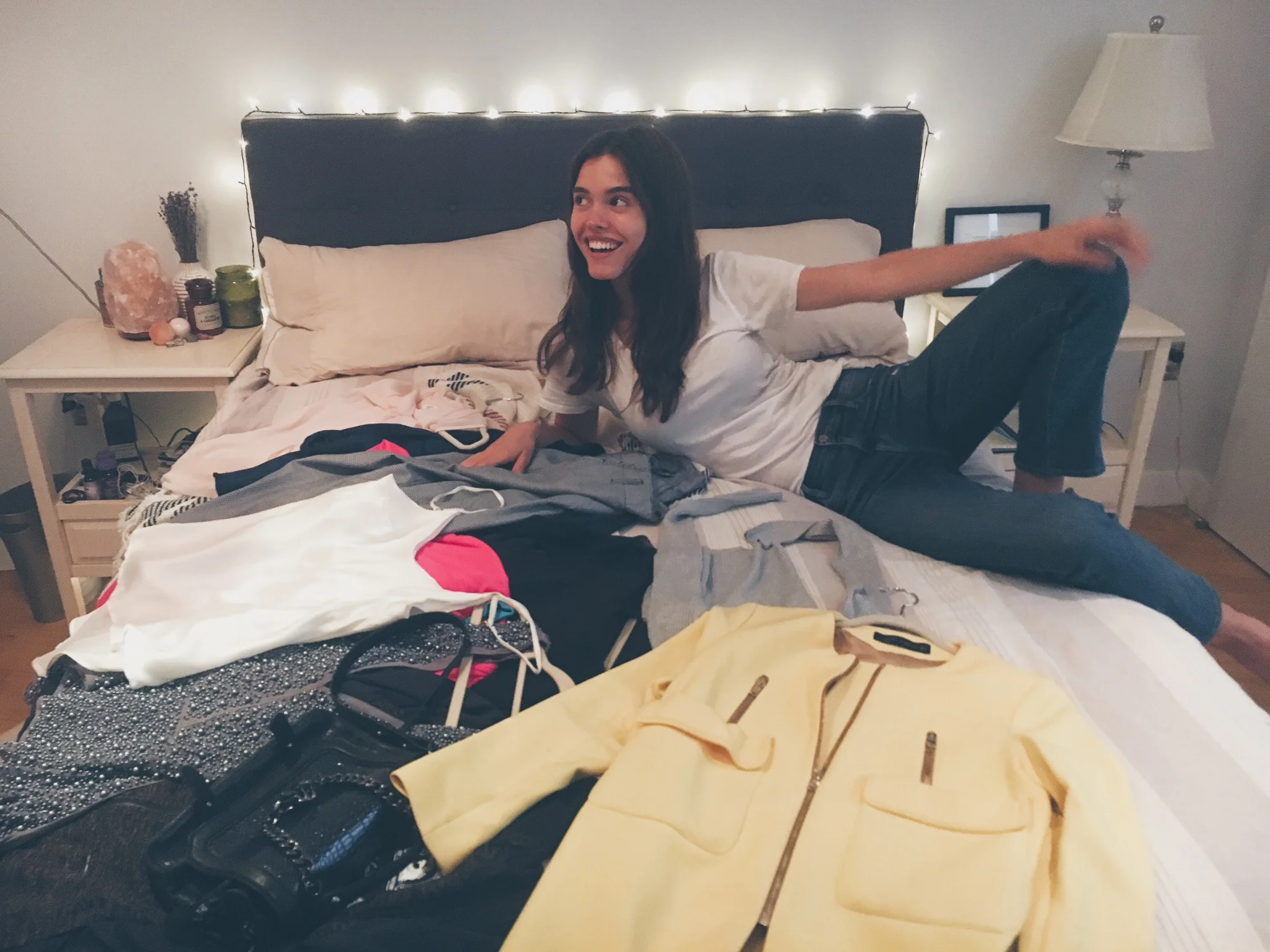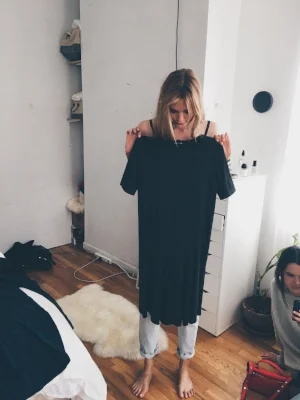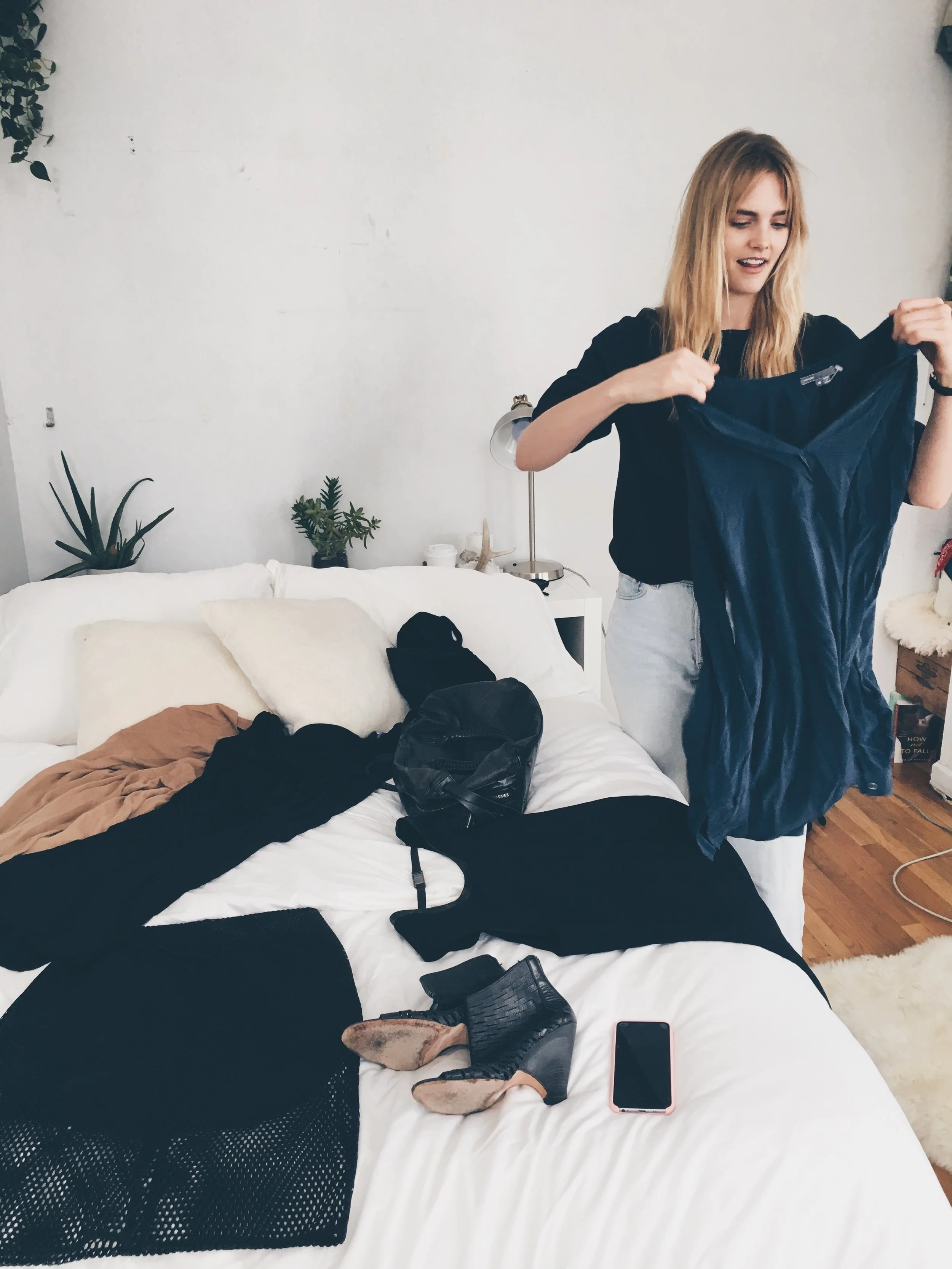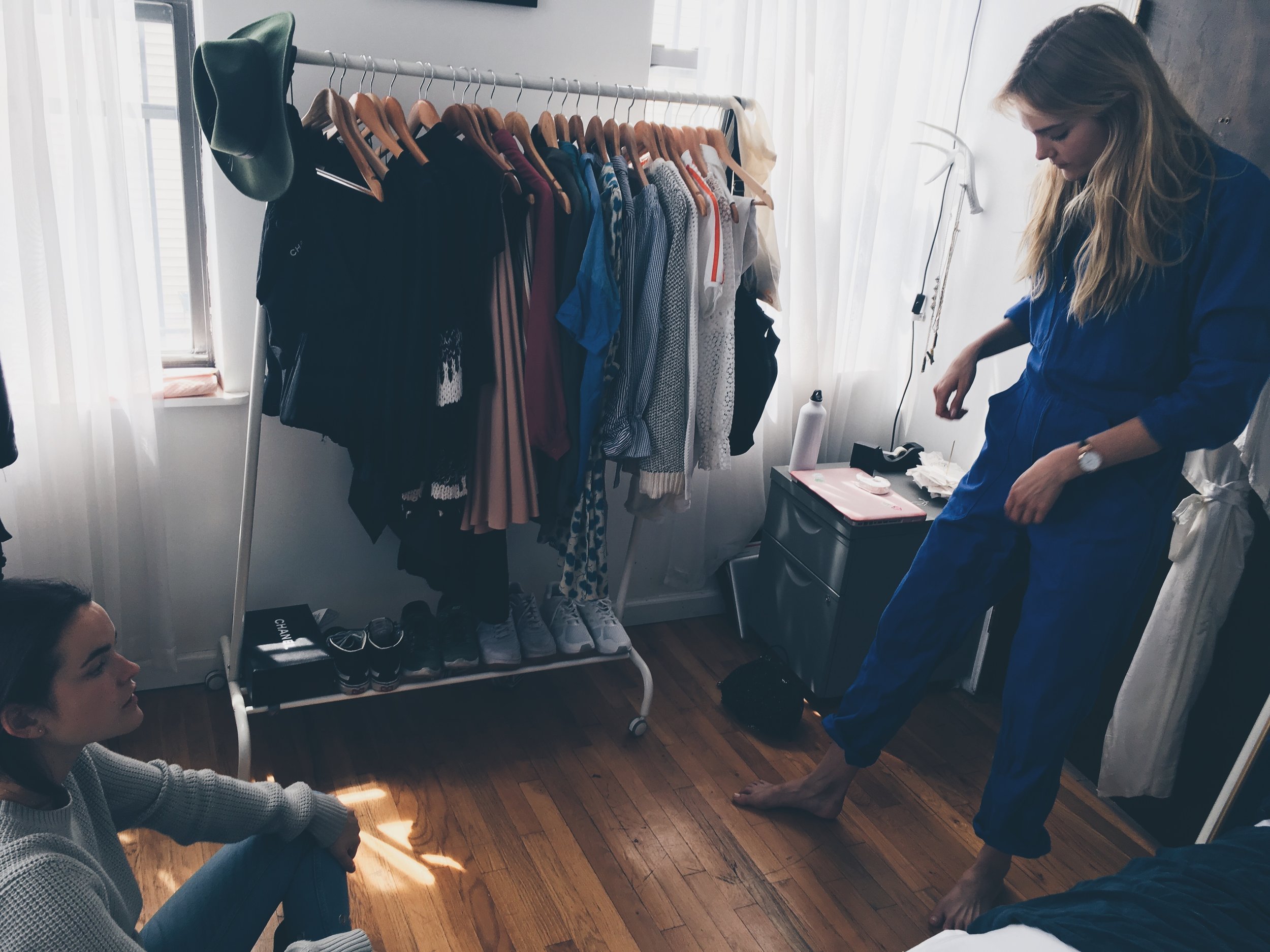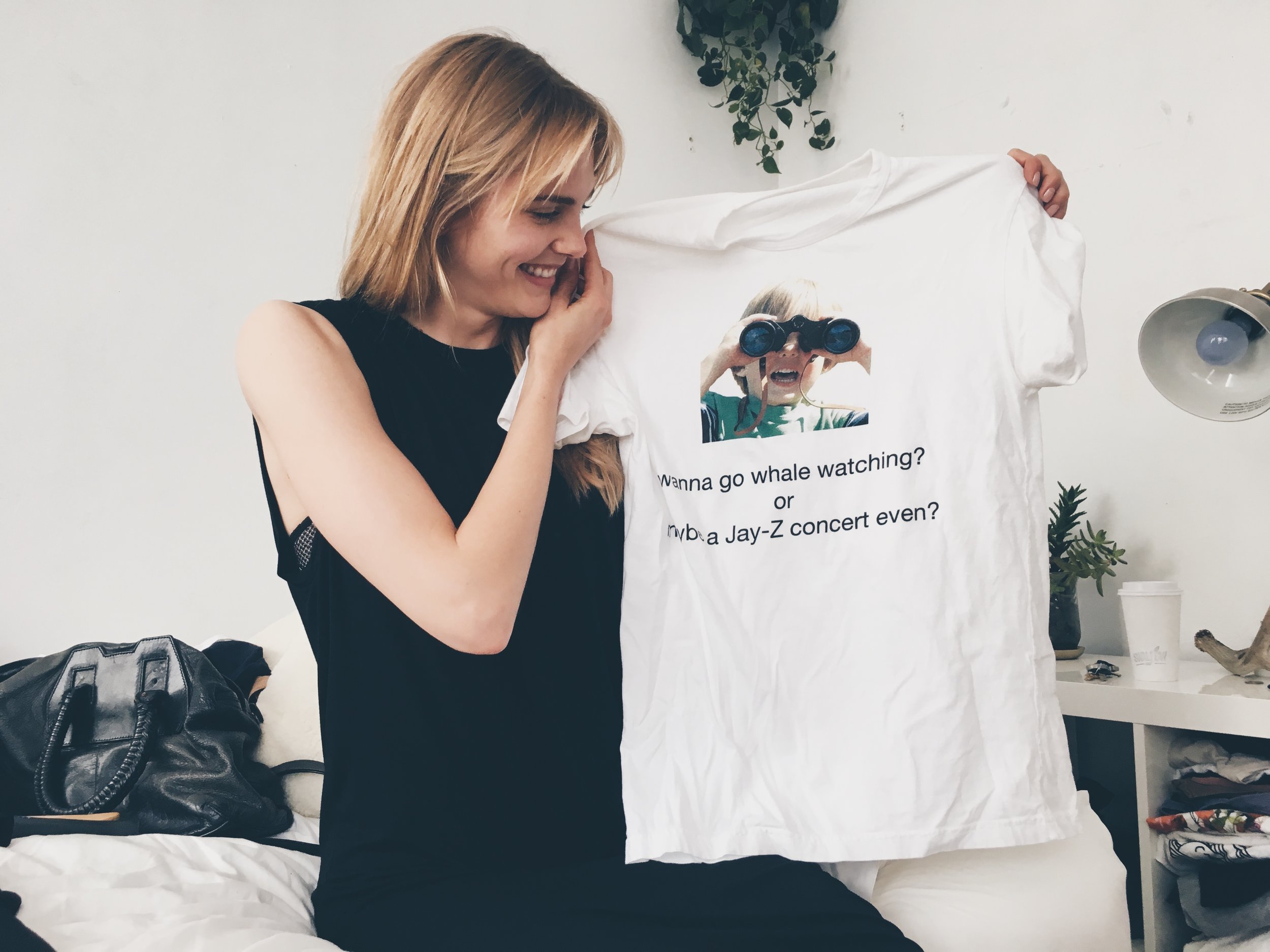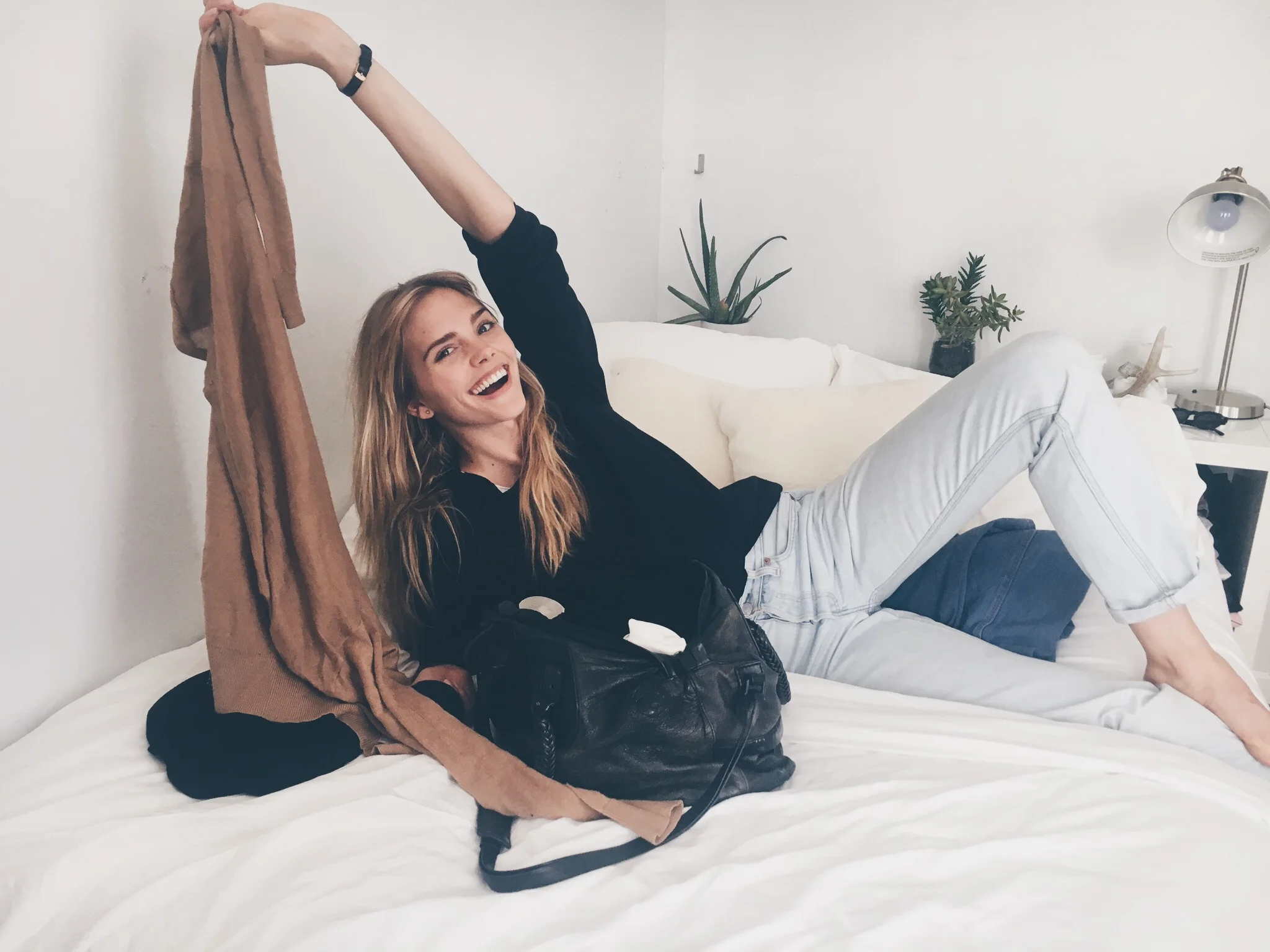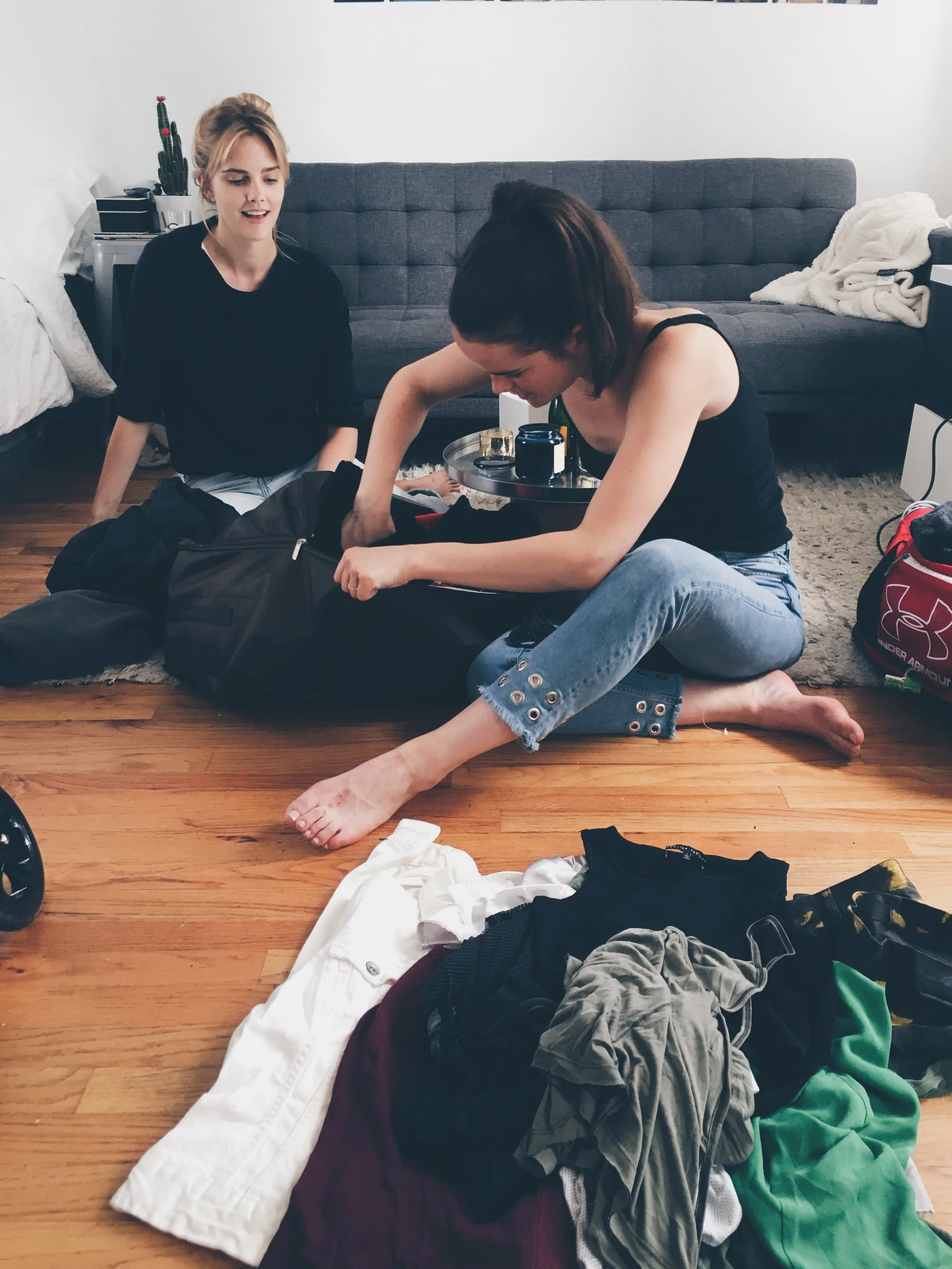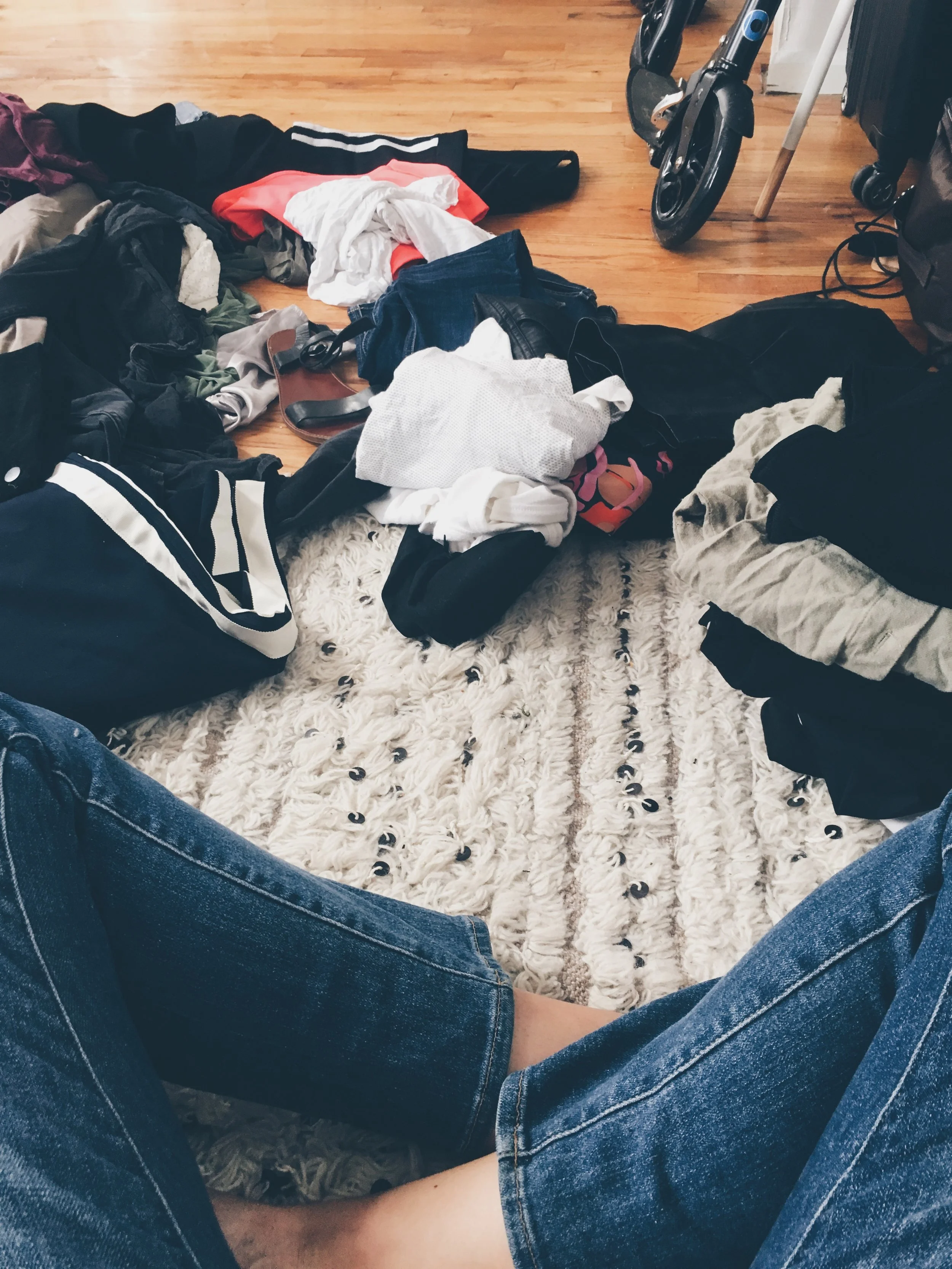I recently had the pleasure of speaking with a senior buyer at vintage luxury handbag and accessory company, LXRandCo. After working with this brand, I wanted to know more. Being a model I have the great pleasure of seeing the clothes and accessories up close and personal as well as getting to work intimately with employees from different brands. Sometimes, I want to know more, to dig deeper. I wanted to know the ins and outs of the resale market and why it’s a better option for the planet than traditional retail platforms. Check it out and let us know your thoughts.
For 20% off your next vintage purchase, use code BRITTB20 at checkout. You can always message us on social media @ondutycitizen or @brittbergmeister if you want help on choosing the perfect piece that will last a lifetime and never go out of style. The ones you can pass down to your children for years to come.
Enjoy…!
1) Tell us about your journey in the fashion world and how you ended up at LXRandCo.
My personal journey in the fashion world was actually an accident. I started out in teaching, and just happened into my job as a buyer due to my previous experience with luxury vintage during my university career. I was originally a client of LXR, I frequently sold my designer goods to LXRandCo because of the knowledge of the Buying Department and because of the overall ease of the process. Of all vintage luxury brands I have worked with, LXR’s selling process is by far the easiest and quickest. Because of my knowledge of the market, I was approached by another buyer at LXR to consider a career opportunity in fashion and the rest is history.
2) What are some of your personal favorite timeless pieces worth investing in?
I know there are a lot of brand loyalists amongst designer collectors; however, there are a few bags from different designers that no true collector should be without. From Louis Vuitton, everyone should have a Neverfull, it’s practical, stylist and incredibly versatile. Plus, it has been redone in just about every print and collection possible, personally, the newly released Monogram Empreinte Neverfull is to die for. From Dior, a saddle bag (go for a vintage Trotter print – you won’t regret it) and a classic Lady Dior in the medium size are my must picks. Chanel, classic flaps are a collector’s dream. Go for a vintage flap in Caviar leather if you can find it. The chain straps and hardware are gilded with 24K gold, so they stay the most gorgeous golden hue. Lastly, Hermès, everyone loves a Birkin, but I am all about the Evelyne, a gorgeous and versatile messenger, but I’ll be lured into buying just about anything in the most gorgeous blue colour in existence: Bleu Électrique.
3) Do you have any interesting statistics on how many handbags are in people’s closets that they don’t use?
I envision this is close to the amount of clothing that people actually wear in their closet, only about 20%.
4) I love the concept of the Reluxury Restart program! Can you tell our readers a little bit about what this entails?
I love the Reluxury Restart program as well. Essentially, we wanted to make a program where our clients could love their new-to-them handbags in a risk-free environment for up to six months and still be able to get back up to 75% of its value back to them to re-use for their next Reluxury pre-loved score. Once you purchase an item, if you sell it back to LXR within 6-months, and it is in the same condition as when you purchased it, you get back 60% in cash or 75% in LXR credit back. We really wanted our clients to help us contribute to the circular economy and to love Reluxury.
5) Tell us a bit about the secondhand market process. Where the accessories are from and how are you able to verify all handbags and accessories?
There is so much to know about the secondhand market process. LXR works diligently to source from a variety of locations to give our clients a wide variety of products, which are ethically sourced and priced competitively. We buy and consign items directly from our amazing client base, we source from auction houses as well as through a variety of wholesale suppliers.
Every single item has its authenticity verified by multiple people across multiple mediums. For example, items purchased directly through our amazing clients have an initial authenticity evaluation through photos (we ask for every small detail of the bag), from this, we can eliminate about 95% of counterfeit products – counterfeiters simply aren’t as good as they think they are. Then, our items are shipped to our warehouse where they are again authenticated in person, using a variety of techniques and tools. When they are professionally photographed for our website, they undergo a third authenticity check by our production team and by the buying team.
Each member of our buying team has a background in luxury, design or production. Each member trains for 1-2 years with senior members of the buying team to hone their skills in authentication and ensure our clients receive only authentic Reluxury goods.
6) I am always amazed at the quality of the older vintage pieces and how timeless and resilient they are in both design and craftsmanship. Do you notice a difference in quality between older and newer designs?
There is absolutely a different in vintage quality versus newer models. One of the most obvious differences is materials used. For example, Louis Vuitton used to use pure brass for its hardware. It would never flake and could always be polished back to new without replacing the part. Now, Louis Vuitton uses a gold-coloured coating that frequently rubs off within months of wearing. Other differences include the thickness of the canvas, vintage bags had thicker, sturdier canvases, they just didn’t wear the same way that new bags do. A lot of the pieces LXR carries are older than 20 years old and still look new, vintage is the way to go. I recommend only buying newer pieces when 1) it is a limited-edition piece that won’t be re-released, 2) it is a style you are absolutely in love with and there is no vintage comparable or 3) year exclusive colours.
7) We love that LXRandCo is based upon a circular model of giving a new life to products to close the loop on waste. Are there any other ways this company strives to achieve sustainable and/or ethical business practices?
We do our best to ensure all packaging is sustainable. We are actually in the middle of changing all of our shipping and packaging materials to be entirely recyclable and/or compostable. Keep watching LXR for the launch of the new packaging, it’ll be amazing.
Although it is not directly related to sustainability, LXR also strongly believes in inclusivity and representation in the media. We make sure to hire a variety of models so that everyone feels they could be an LXR client and can see themselves with their own pre-loved Reluxury piece.
We also are partnering with a charitable organization that excels in women and vintage pieces, we will announce that partnership soon.
8) What are some tips for extending the longevity of high-quality products?
How you store your items is key. Make sure that items are stuffed completely, but not over-packed to prevent wrinkling and creasing of your items. We also recommend you store your items in the dust bag when not in use; however, never ever leave your items in the box. When you leave items in a box, it creates an air-tight seal and causes the leather and or canvas to dry rapidly, never a good look.
For vachetta pieces, use a light aerosol leather guard. We often recommend apple guard; it helps non-treated leather stay clean and prevents water marks if you are caught in a precarious precipitation situation.
Remember to clean and condition leather items deeply. We recommend you wipe down treated leather (not vachetta) every other day with a damp soft cloth. You should deeply clean and condition your item about once a season.
9) Can you tell us a bit about the secondhand market growth in the past few years and how you see it continuing to flourish?
The secondhand market has exploded in the last few years. We do not have the same aversion to our products as “used” as we saw even two or three years ago. Consumers are constantly educating themselves and understand the value of vintage and pre-loved.
They also are becoming more understanding and knowledgeable with regards to issues we all face, like global warming and pollution. Everyone is starting to understand that we all need to do our part to make a chance, and buying pre-loved is just one of the small ways we can continue to make an impact.
Fashion has always been circular; we see styles and trends reemerging that we have already seen in previous decades. Some companies try to capitalize on trends and introduce new versions of luxury vintage pieces, but here at LXR, we love the original trend-setter, and we want to share that love with our clients.
10) What are the next steps for LXRandCo? How do you see yourselves evolving in the next five years?
LXRandCo is an ever-changing and always evolving company. Lately, we have shifted our direction and have become more user-friendly for our online shoppers and have re-designed our website to facilitate ease and style. We have a few more major projects for 2021, all surrounding making Reluxury products more accessible to everyone, and for all our clients to have a really personal experience with LXR.
In the next five years, LXR is going to be the go-to for Reluxury. What sets us apart from our competitors, and the reason we will continue to be successful is that we really listen to our customers desires and make them a reality.
